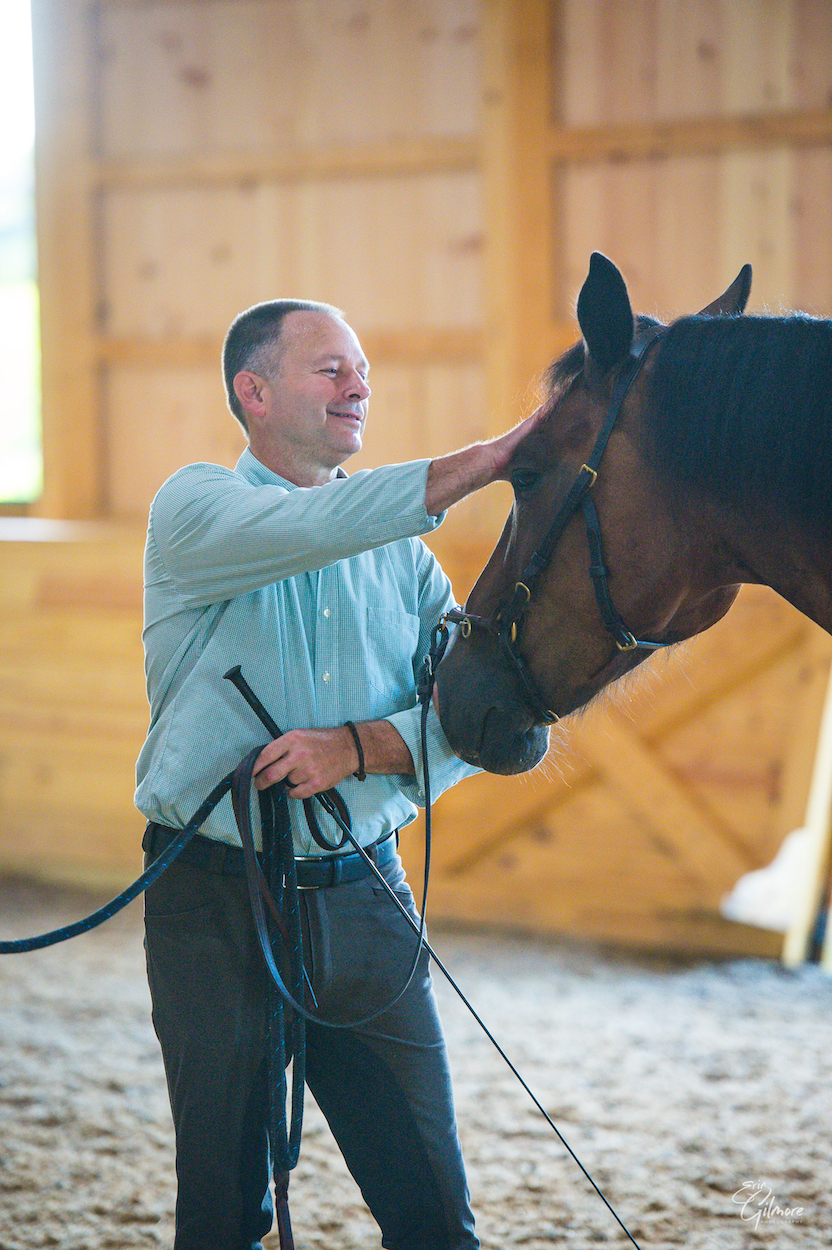[fusion_builder_container type=”flex” hundred_percent=”no” hundred_percent_height=”no” min_height=”” hundred_percent_height_scroll=”no” align_content=”stretch” flex_align_items=”flex-start” flex_justify_content=”flex-start” flex_column_spacing=”” hundred_percent_height_center_content=”yes” equal_height_columns=”no” container_tag=”div” menu_anchor=”” hide_on_mobile=”small-visibility,medium-visibility,large-visibility” status=”published” publish_date=”” class=”” id=”” link_color=”” link_hover_color=”” border_sizes_top=”” border_sizes_right=”” border_sizes_bottom=”” border_sizes_left=”” border_color=”” border_style=”solid” margin_top_medium=”” margin_bottom_medium=”” margin_top_small=”” margin_bottom_small=”” margin_top=”” margin_bottom=”” padding_top_medium=”” padding_right_medium=”” padding_bottom_medium=”” padding_left_medium=”” padding_top_small=”” padding_right_small=”” padding_bottom_small=”” padding_left_small=”” padding_top=”” padding_right=”” padding_bottom=”” padding_left=”” box_shadow=”no” box_shadow_vertical=”” box_shadow_horizontal=”” box_shadow_blur=”0″ box_shadow_spread=”0″ box_shadow_color=”” box_shadow_style=”” z_index=”” overflow=”” gradient_start_color=”” gradient_end_color=”” gradient_start_position=”0″ gradient_end_position=”100″ gradient_type=”linear” radial_direction=”center center” linear_angle=”180″ background_color=”” background_image=”” background_position=”center center” background_repeat=”no-repeat” fade=”no” background_parallax=”none” enable_mobile=”no” parallax_speed=”0.3″ background_blend_mode=”none” video_mp4=”” video_webm=”” video_ogv=”” video_url=”” video_aspect_ratio=”16:9″ video_loop=”yes” video_mute=”yes” video_preview_image=”” absolute=”off” absolute_devices=”small,medium,large” sticky=”off” sticky_devices=”small-visibility,medium-visibility,large-visibility” sticky_background_color=”” sticky_height=”” sticky_offset=”” sticky_transition_offset=”0″ scroll_offset=”0″ animation_type=”” animation_direction=”left” animation_speed=”0.3″ animation_offset=”” filter_hue=”0″ filter_saturation=”100″ filter_brightness=”100″ filter_contrast=”100″ filter_invert=”0″ filter_sepia=”0″ filter_opacity=”100″ filter_blur=”0″ filter_hue_hover=”0″ filter_saturation_hover=”100″ filter_brightness_hover=”100″ filter_contrast_hover=”100″ filter_invert_hover=”0″ filter_sepia_hover=”0″ filter_opacity_hover=”100″ filter_blur_hover=”0″][fusion_builder_row][fusion_builder_column type=”1_1″ align_self=”auto” content_layout=”column” align_content=”flex-start” content_wrap=”wrap” spacing=”” center_content=”no” link=”” target=”_self” min_height=”” hide_on_mobile=”small-visibility,medium-visibility,large-visibility” sticky_display=”normal,sticky” class=”” id=”” background_image_id=”” type_medium=”” type_small=”” type=”1_1″ order_medium=”0″ order_small=”0″ spacing_left_medium=”” spacing_right_medium=”” spacing_left_small=”” spacing_right_small=”” spacing_left=”” spacing_right=”” margin_top_medium=”” margin_bottom_medium=”” margin_top_small=”” margin_bottom_small=”” margin_top=”” margin_bottom=”” padding_top_medium=”” padding_right_medium=”” padding_bottom_medium=”” padding_left_medium=”” padding_top_small=”” padding_right_small=”” padding_bottom_small=”” padding_left_small=”” padding_top=”” padding_right=”” padding_bottom=”” padding_left=”” hover_type=”none” border_sizes_top=”” border_sizes_right=”” border_sizes_bottom=”” border_sizes_left=”” border_color=”” border_style=”solid” border_radius_top_left=”” border_radius_top_right=”” border_radius_bottom_right=”” border_radius_bottom_left=”” box_shadow=”no” box_shadow_vertical=”” box_shadow_horizontal=”” box_shadow_blur=”0″ box_shadow_spread=”0″ box_shadow_color=”” box_shadow_style=”” background_type=”single” gradient_start_color=”” gradient_end_color=”” gradient_start_position=”0″ gradient_end_position=”100″ gradient_type=”linear” radial_direction=”center center” linear_angle=”180″ background_color=”” background_image=”” background_position=”left top” background_repeat=”no-repeat” background_blend_mode=”none” animation_type=”” animation_direction=”left” animation_speed=”0.3″ animation_offset=”” filter_type=”regular” filter_hue=”0″ filter_saturation=”100″ filter_brightness=”100″ filter_contrast=”100″ filter_invert=”0″ filter_sepia=”0″ filter_opacity=”100″ filter_blur=”0″ filter_hue_hover=”0″ filter_saturation_hover=”100″ filter_brightness_hover=”100″ filter_contrast_hover=”100″ filter_invert_hover=”0″ filter_sepia_hover=”0″ filter_opacity_hover=”100″ filter_blur_hover=”0″ last=”no” border_position=”all”][fusion_text columns=”” column_min_width=”” column_spacing=”” rule_style=”default” rule_size=”” rule_color=”” content_alignment_medium=”” content_alignment_small=”” content_alignment=”” hide_on_mobile=”small-visibility,medium-visibility,large-visibility” sticky_display=”normal,sticky” class=”” id=”” font_size=”” fusion_font_family_text_font=”” fusion_font_variant_text_font=”” line_height=”” letter_spacing=”” text_color=”” animation_type=”” animation_direction=”left” animation_speed=”0.3″ animation_offset=””]
 I spend a lot of time reading, listening to podcasts, and attending trainings on high performers and performance psychology. As a geek and techie from way back (think technological stone age), I am as excited as the next person about the latest neuro-psycho-bio hack. I love the advancement of our knowledge and understanding where it connects to human performance. I make it my business to stretch myself, learn new skills, and integrate the new and exciting with what I already know to be helpful.
I spend a lot of time reading, listening to podcasts, and attending trainings on high performers and performance psychology. As a geek and techie from way back (think technological stone age), I am as excited as the next person about the latest neuro-psycho-bio hack. I love the advancement of our knowledge and understanding where it connects to human performance. I make it my business to stretch myself, learn new skills, and integrate the new and exciting with what I already know to be helpful.
One of the measures I use to evaluate new discoveries and ideas is how well they align with core ideas from a variety of different perspectives and disciplines. While I never summarily dismiss ideas that are “way out there,” I have always been an integrationist and get excited when ideas converge and I discover the commonalities from different ideological camps. One of these points of convergence relates to the underlying foundations of high performance. That is the fundamental importance of human wellness as a foundation for high performance.
Surprisingly, wellness can be a difficult term to define. My favorite definition so far has been offered by Dan Siegel, MD. In his book Mind: A journey to the heart of being human he offers the acronym FACES to point to what he considers the foundational aspects of wellness; Flexible, Adaptive, Cohesive, Energized, and Stable. As helpful and interesting as these target attributes of wellness might be, it was Dr. Siegel’s description of a well functioning system which he believes underscores human wellness that really captured my imagination.
At the risk of oversimplifying, a well functioning system is one where there is an open and free flow of energy and information between all the different parts of the system. I was working with a rider yesterday and I was reminded of of deeply influential these ideas are in my work. It is hard for me to imagine any suggestion or intervention I make that is not easily described in these terms. In yesterdays session we talked about building physiological awareness (flow of energy and information between our body and our conscious mind). We later talked about mindfulness as a foundation for growing emotional tolerance and reducing reactivity (flow of energy and information between attentional systems, conscious thought, emotional systems and behavioral systems).
The bottom line is that we can hack away making use of the latest research and information about neurobiology or physiology or psychology to enhance our performance; but, if we don’t attend to our fundamental wellness as human beings it is a lost cause. The hidden key to high performance is wellness. The hidden key to wellness is integration. We need to nurture and care for each “part” of ourselves and, we need to invest in the healthy integration of body, mind, and spirit. If we invest in our overall wellness we open the doors to reach our peak potential. ~ Paul
[/fusion_text][/fusion_builder_column][/fusion_builder_row][/fusion_builder_container]

LEAVE A COMMENT
Comments